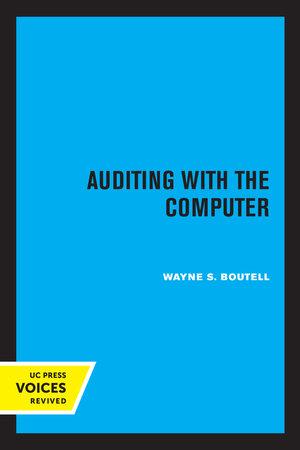Answered step by step
Verified Expert Solution
Question
1 Approved Answer
Harriet, Mickey, and Zack decide to liquidate their partnership. All assets are sold for cash and all the liabilities are paid. After this, their capital
- Harriet, Mickey, and Zack decide to liquidate their partnership. All assets are sold for cash and all the liabilities are paid. After this, their capital balances are: Harriet - $27,000; Mickey - ($12,000); Zack - $43,000. Their profit/loss percentages are: Harriet - 30%; Mickey - 40%; Zack - 30%. Mickey is unable to contribute any assets to reduce his deficit. How much cash will Harriet receive as a result of the partnership liquidation?
- $15,000
- $21,000
- $23,400
- $27,000
- How is the remaining cash of a partnership ( after all creditors have been paid ) divided among partners upon liquidation?
- According to their capital balances
- According to their contribution of assets
- According to their withdrawal account balances
- According to their profit/loss ratio
- Bobbi and Stuart are partners. Bobbis capital balance is $40,000 and Stuarts capital balance is $70,000. Bobbi sells her interest in the partnership to John for $50,000. The journal entry to record the admission of John as a new partner would include:
- A credit to Johns capital account for $40,000
- A credit to Johns capital account for $50,000
- A credit to Johns capital account for $40,000 and a credit to Stuarts capital account for $10,000
- A credit to Stuarts capital for $10,000
- Partners Ken and Macki each have a capital balance of $40,000 and share profit/loss in a 3:2 ratio. Cash equals $20,000, noncash assets equal $120,000, and liabilities equal $60,000. They decide to liquidate the partnership and the noncash assets are sold for $60,000. Both partners agree to make up any capital deficits with personal cash contributions. How much cash will Macki receive as a result of the liquidation?
- $0
- $4,000
- $16,000
- $24,000
- ABC Company, a private company, decides to lease new manufacturing equipment. The lease qualifies as a capital lease under ASPE. The lease transaction will be recorded at:
- The fair market value of the leased equipment
- The present value of the lease payments
- The higher of the fair market value of the leased equipment and the present value of the lease payments
- The lower of the fair market value of the leased equipment and the present value of the lease payments
Step by Step Solution
There are 3 Steps involved in it
Step: 1

Get Instant Access to Expert-Tailored Solutions
See step-by-step solutions with expert insights and AI powered tools for academic success
Step: 2

Step: 3

Ace Your Homework with AI
Get the answers you need in no time with our AI-driven, step-by-step assistance
Get Started


